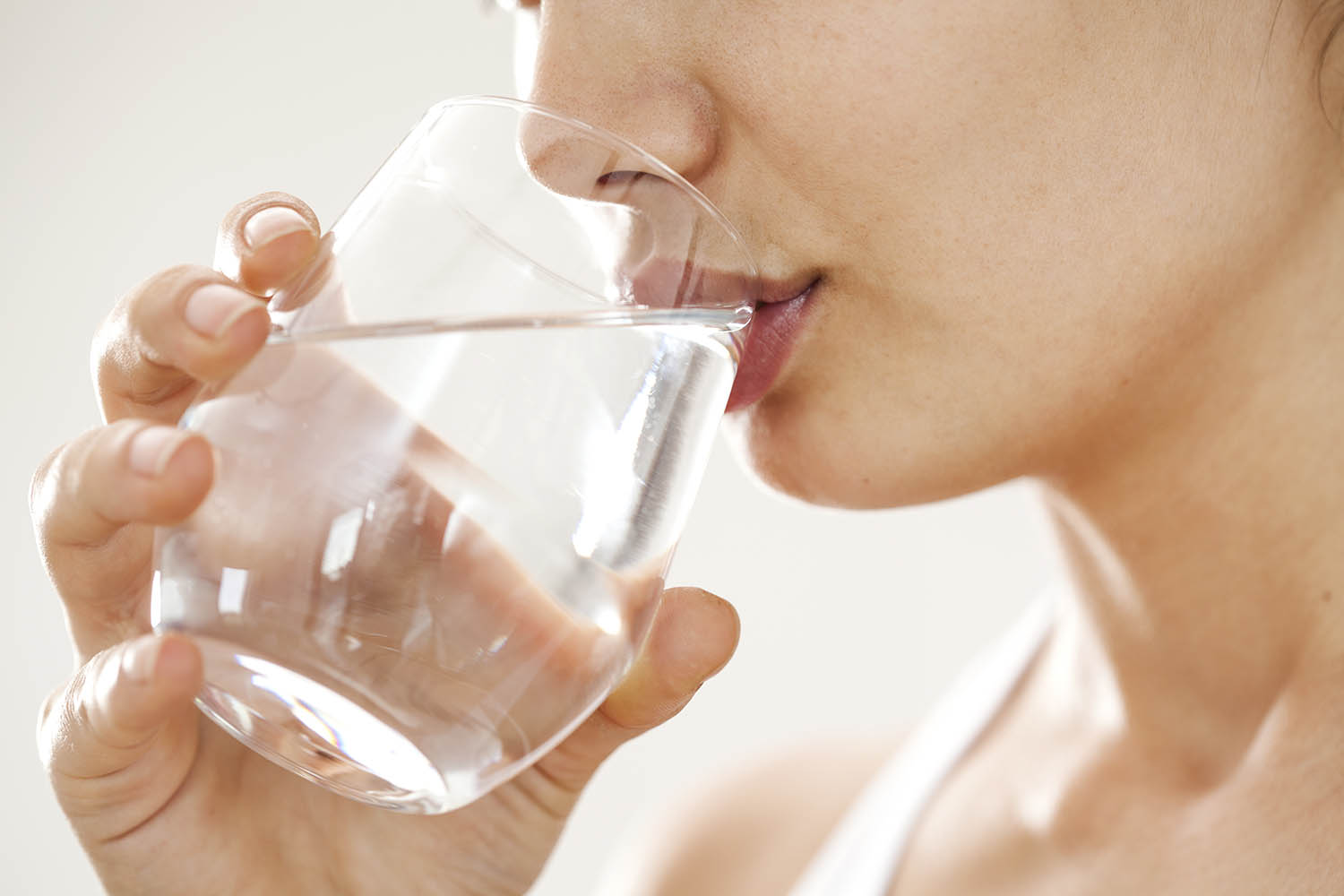The urinary bladder is a sac composed of muscle that is responsible for housing urine before it exits the body. The bladder is about the size of a pear when empty and sits behind the pubic bone. Normal bladder capacity is about 400-600 ml.
There are conditions that can affect the bladder – pregnancy and childbirth, trauma, prolapse of pelvic organs, menopause, infections, inflammation, and cancer. It is important to see your healthcare provider if you experience blood in the urine, burning with urination, urinary urgency or frequency, difficulty emptying, urinary incontinence or pelvic pain.
There are things that you can do to keep your bladder healthy:
- Drink plenty of fluids, mostly water – 6-8, 8 oz. glasses for most people is recommended.
- Limit caffeine and alcohol
- Quit smoking – smoking increases the risk of bladder cancer
- Avoiding constipation – activity and a diet with plenty of high fiber foods will help prevent constipation
- Keep your weight in check
- Regular exercise
- Perform pelvic floor exercises – Kegel exercises can help prevent the weakening of the pelvic floor.
- Use the restroom often and when needed – usually every 3-4 hours.
- Allow time to completely empty
- Try to relax while urinating
- Wipe from front to back after using the restroom
- Urinate after sex
- Wear cotton crotch underwear and avoid tight-fitting clothing.
Keeping your bladder healthy and happy can prevent problems in the future!
If you struggle with any bladder issues such as incontinence, urgency, or frequency we have several state of the art treatment options we now offer.
BTL Emsella – Emsella is intended to provide entirely non-invasive electromagnetic stimulation of the pelvic floor musculature for the purpose of rehabilitation of weak pelvic muscles and restoration of neuromuscular control for the treatment of urinary incontinence. One 28 minute treatment is the equivalent of 11,200 Kegel exercises. Six treatments are performed twice weekly for 6 weeks. Maintenance treatments will be recommended at least yearly.
Patients stay fully clothed during the treatment and there is no pain with the treatment. 95% of patients report a significant improvement in the quality of life.
Votiva – FormaV – Votiva uses radiofrequency to generate heat to the vaginal/vulvar tissues. This stimulates collagen production which can improve vaginal laxity and improve urinary stress incontinence. The treatment is performed internally and externally. The external treatment can tighten tissue and enhance sensation, as well.
O-shot – Uses a patient’s own blood product, PRP – or platelet-rich plasma that is injected into the anterior wall of the vagina and into the clitoris. The PRP is rich with growth factors that can enhance the function of certain tissues. It is believed that the PRP acts as a bulking agent around the urethra and can improve mild stress incontinence.
Pelvic Floor Rehab – Uses biofeedback to teach patients to correctly perform pelvic floor exercises. Increasing the tone of the pelvic floor and improve both stress and urge incontinence.
Kelli Porter, WHNP
